Feature
Piloting Virtual Field Trips During a Pandemic
Developing Curriculum, Lessons Learned, and Recommendations
Connected Science Learning March-April 2022 (Volume 4, Issue 2)
By Tilly Duong, Melissa Telemeco, Charlotte Dean, and Alexandria Hansen
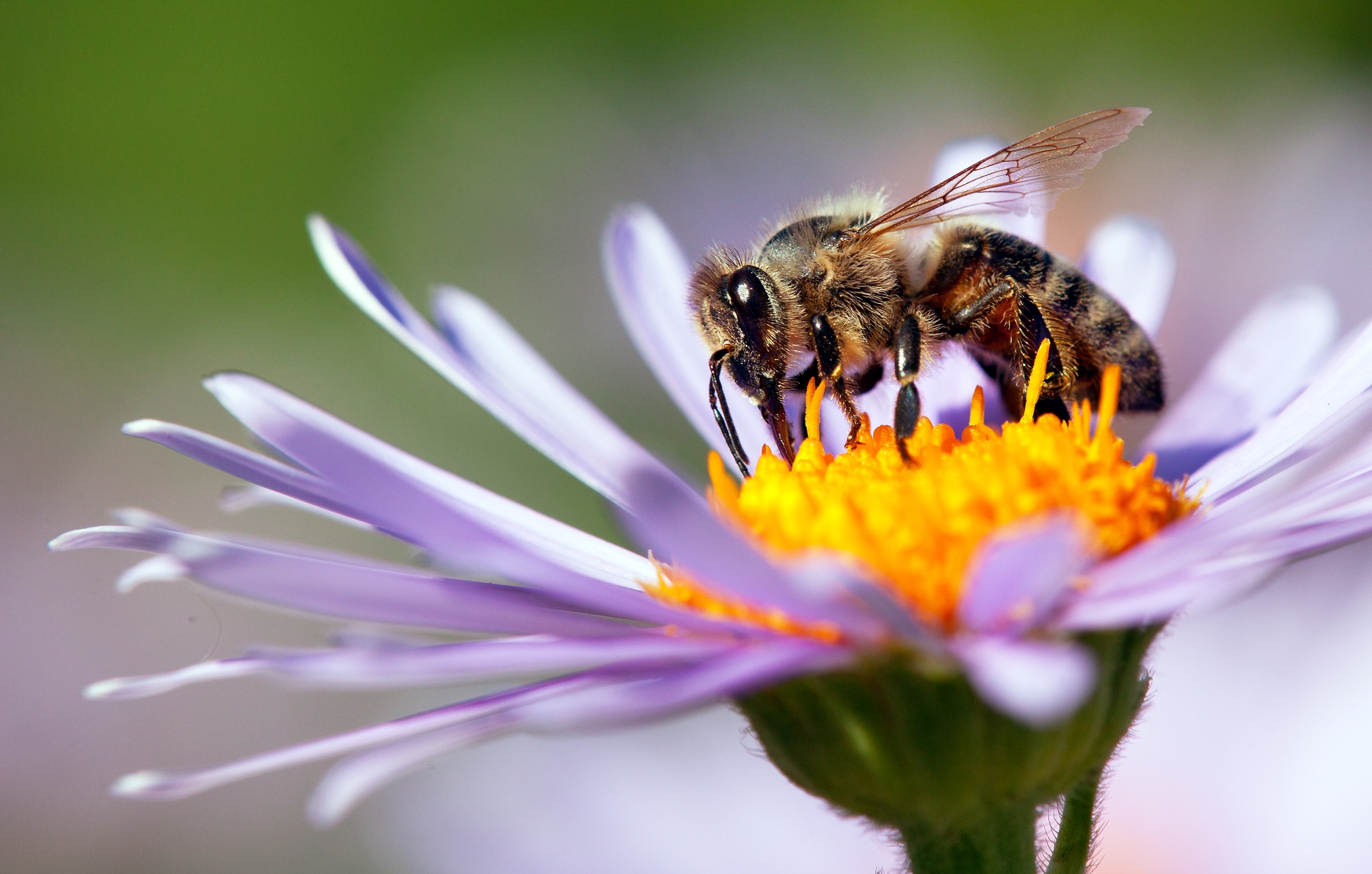
The COVID-19 pandemic disrupted the delivery of science education throughout local communities, including how school field trips are conducted. Traditionally, school field trips bridge classroom concepts and authentic science learning opportunities by allowing classrooms to physically visit local informal science learning environments (ISLEs) like zoos, aquariums, gardens, science centers, and other sites. Many educational institutions, including ISLEs and schools, saw reduced in-person visitation during the pandemic due to quarantine, social distancing measures, stay-at-home orders, and site closures. In this article, we describe how we created a virtual field trip (VFT) program at an informal science center as an alternative to in-person field trips to continue supporting elementary school students during the pandemic, and share recommendations for others interested in designing similar programs.
VFTs are experiences that allow participants to use a computer or digital device to explore a real-life situation, place, or location as represented by text, audio, and still or moving images (McCarthy 1989; Tuthill and Klemm 2002). As technology evolves, so too does the definition of a VFT. While some experiences may use virtual or augmented reality (Remolar et al. 2021; Gutierrez and Bursztyn 2019; Markowitz et al. 2018; Tutwiler 2013), we focus on VFTs that use synchronous virtual meetings designed for children to access exhibits, resources, and staff expertise at ISLEs.
A University, Science Center, and Teacher Collaboration
In our context, we designed and piloted an extended VFT program that was aligned with second-grade performance expectations outlined in the Next Generation Science Standards (NGSS) in collaboration with local elementary school classrooms to explore an ISLE, specifically the Fresno Discovery Center (FDC) located in California. FDC is an interactive science center that has engaging exhibits, live animals, outdoor play spaces, and a world-class cactus garden. Before the pandemic began, FDC reached out to faculty and staff at California State University, Fresno (Fresno State) for assistance in rebranding and updating the center, located only a few miles from the university. Dr. Alexandria Hansen, a Fresno State science education faculty member, joined the FDC Executive Board to offer ongoing support in designing educational programs for local youth. To ensure the center remained viable during the pandemic, the FDC and university partnership planned virtual field trips with assistance from university students in the Hansen lab (authors Tilly Duong and Charlotte Dean). The partnership flourished and resulted in the creation of virtual field trip curriculum facilitated in collaboration with local teachers and FDC staff.
Our VFT program consisted of four sessions. Each session included: (1) a pre-lesson video and discussion led by the classroom teacher, (2) a synchronous meeting led by FDC educators on video conferencing platforms such as Zoom or Google Classroom that featured a guided science or engineering activity, and (3) a post-lesson activity facilitated by the classroom teacher to further explore the science concepts introduced. To engage students, we designed the VFT program around engineering and space. Specifically, we challenged students to learn select science skills to send an animal into space (Figure 1).
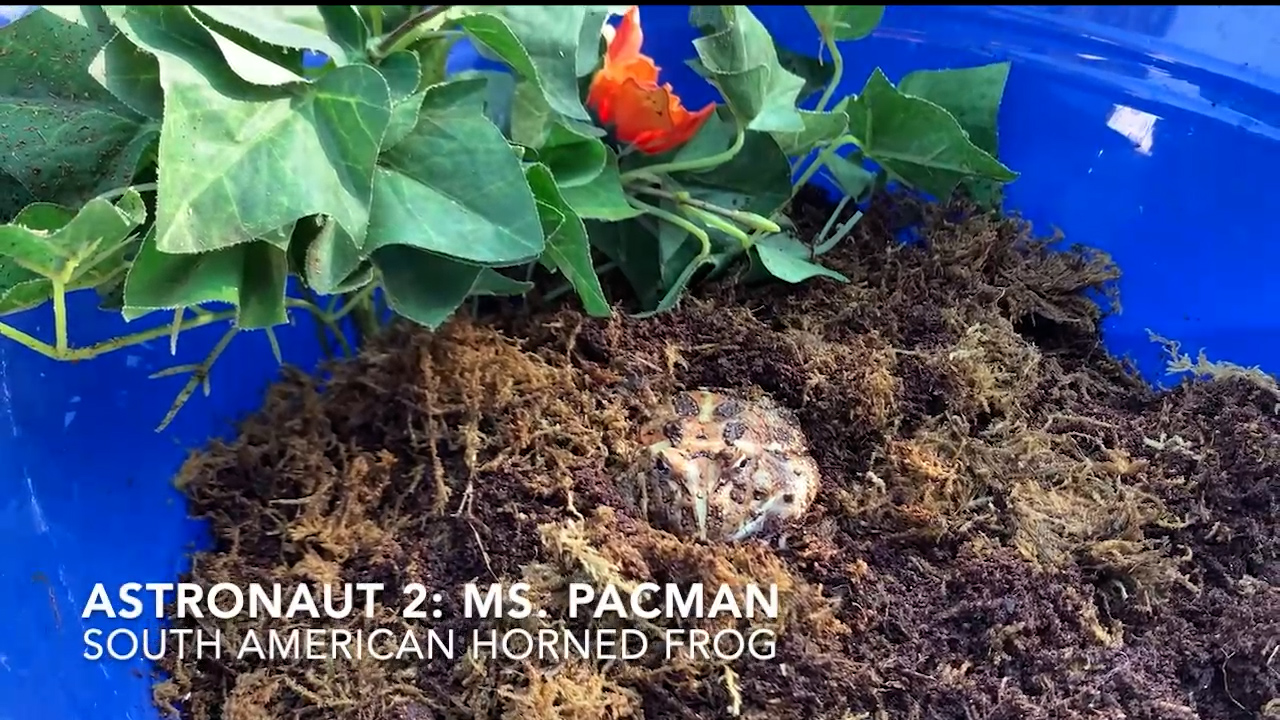
The Hansen lab created teaching outlines for FDC staff, which were discussed and adapted by the FDC Executive Director and educators during meetings. Teaching outlines were used as guidelines, but ultimately staff at the FDC facilitated and adjusted lesson plans as necessary to incorporate the use of animals, exhibits, and pre-existing activities based on FDC staff judgment and resource availability. To bring teachers into the process of piloting this VFT program, emails were sent to the local county office of education to ask for help dispersing this program to second-grade teachers. In the email, a recruitment flyer invited teachers to fill out an application on Google Forms to indicate their interest. After reviewing applications and selecting four teacher candidates, the Hansen lab handled the dissemination of teacher guides and resources, field trip permission forms, and teacher correspondence pertaining to obtaining feedback. In total, four teachers from different schools participated in the VFT program with 96 student participants. Because this was a pilot program, we limited participation to a small number of teachers at first.
Although curriculum development was mainly a joint effort between the FDC and Fresno State, teachers were instrumental in providing the feedback and reflection needed to conduct program evaluation during the VFTs. One of the driving interests of conducting the VFT program was to determine whether students’ attitudes about STEM changed because of the VFTs. To collect data, teachers distributed online surveys to their students before the VFT program started and after it ended. Additionally, after each VFT session, teachers were given a blank Google Docs page with sample question prompts to provide open reflections on their classroom’s experience with the session. Sample prompts contained questions that asked teachers to provide commentary on whether the VFT achieved goals such as meeting stated NGSS standards, engaged students, and were appropriate for students at their grade level (Figure 2, see Supplemental Resources). Open reflections served as formative assessments that were reviewed during joint meetings between the Hansen lab and FDC staff after each VFT. As a summative evaluation, teachers also interviewed with the Hansen lab to describe additional context to their open reflection responses and overall experience with the VFT program after it concluded.
Below, we describe the extended VFT program in greater detail before concluding with recommendations for others interested in creating similar programs.
The Virtual Field Trip Curriculum
Session 1: Landforms
Teachers showed a pre-lesson video featuring four different habitats at FDC for students to make observations. Using student observations to predict the animals that lived in each habitat, teachers expanded the discussion by asking, “How can habitats be different?” The objective was to discover what students knew about habitats in the formation of different landforms and bodies of water.
In the VFT, students addressed NGSS standard 2 EES-2-2, “Develop a model to represent the shapes and kinds of land and bodies of water in an area” (National Research Council 2012). After joining a classrooms’ video conferencing platform, a FDC educator presented a live toad to the camera, one of the animals featured in the pre-lesson video. To elicit ideas about supporting a toad in space, a discussion formed around the question, “If a toad needed to find another planet to survive, what would it need in its habitat?” Student responses were used to create a rain shadow map to model different landforms and bodies of water.
Students modeled different bodies of water and landform types by drawing a map of the four systems needed to create a rain shadow: an ocean, a forest, a mountain, and a desert. To begin the activity, students folded a paper into four numbered sections. Starting in the second section, students drew what they thought a toad’s habitat could look like. Students drew bodies of water they had included in their responses including ponds, streams, lakes, or rivers. To guide students toward drawing an ocean in the first section, students were asked, “Where does all water eventually flow?” To prompt students into drawing a mountain in the third section, teachers asked, “Where is it really cold, and has a lot of snow to form bodies of water?” In the fourth section, students drew a desert by using guiding questions: “Where is it really hot, and there’s not a lot of water?” By the end of this activity, students have created a model featuring different bodies of water and landforms (Figure 3).
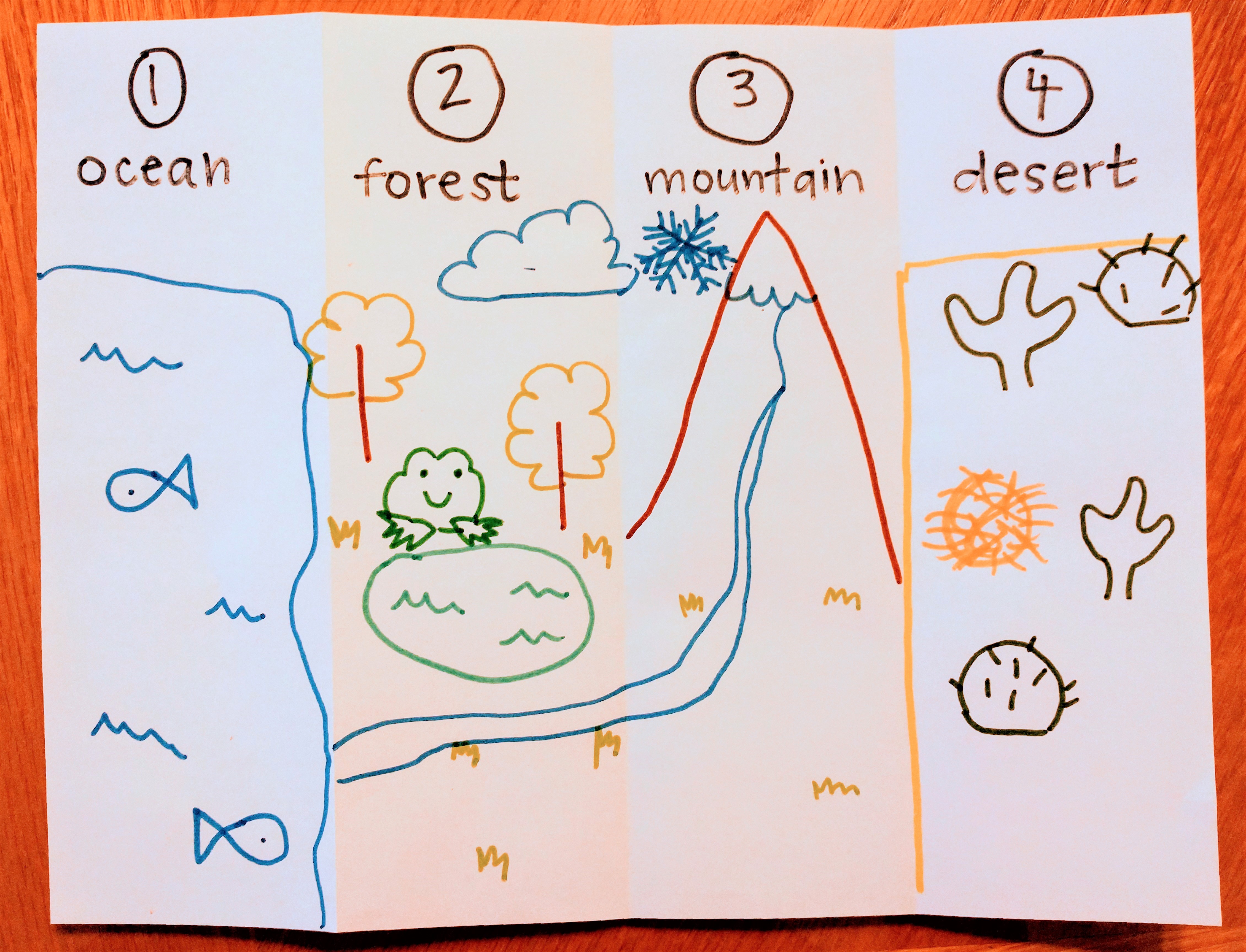
The VFT incorporated a craft activity with window clings to address NGSS standard 2 EES-2-3, “Obtain information to identify where water is found on Earth and that it can be solid or liquid” (National Research Council 2012). Using the rain shadow map, students created window clings indicating where water is present and how water is available in various states of matter. To represent liquid, solid, and gaseous forms of water, students created shapes with glue on top of their rain shadow map. Once the glue dried, students peeled their shapes off and used them as window clings (Figure 4).
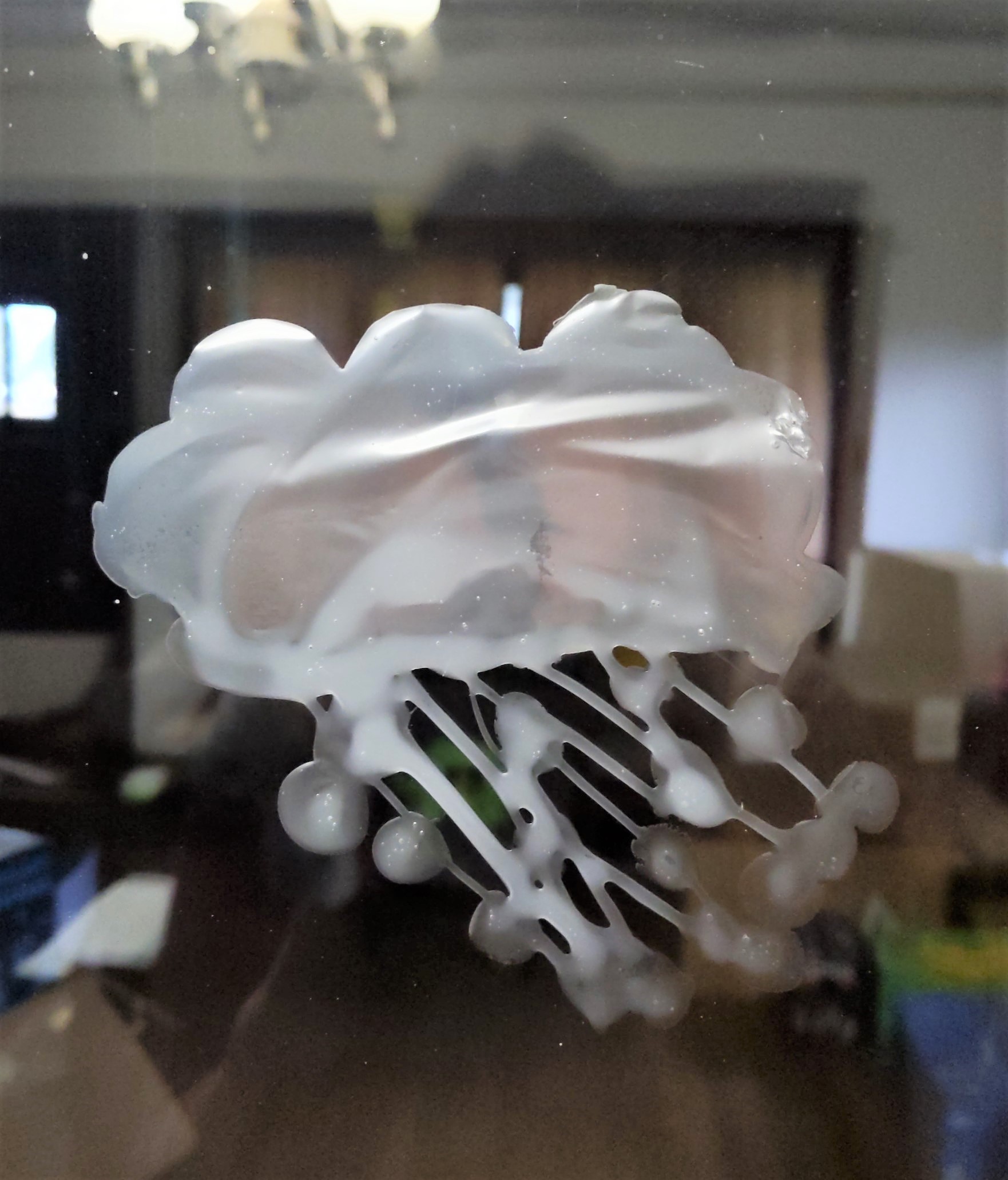
As a post activity, teachers reinforced terminology in greater depth as a class discussion. Using a Google Maps satellite image of California, students can view the ocean, forest, mountain range, and desert as seen from space. This allows students to map the rain shadow effect in a more realistic context.
Session 2: Engineering Design
To prepare students for their first VFT session involving engineering design, a pre-lesson video was shared to introduce key concepts and vocabulary in the physics of flying objects. Maintaining the theme of sending animals to space, students were encouraged to consider how objects fly. Terms such as force, gravity, lift, thrust, and drag are demonstrated in water to draw connections between how astronauts practice space walks in swimming pools.
In the VFT, students were presented with a challenge to prepare launch tests with foam paper plate gliders to achieve NGSS standard K-2-ETS 1-3, “Analyze data from tests of two objects designed to solve the same problem to compare the strengths and weaknesses of how each performs” (National Research Council 2012). A FDC educator engaged students on the subject of forces by visiting a koi pond available on site. Once at the pond, students observed koi swimming and the FDC educator guided a student discussion on how a koi is able to overcome the forces of gravity and drag to swim. The FDC educator then encouraged students to jump up from the ground to gain an understanding of the role thrust plays as a force in the propellant coming out of rockets. To demonstrate lift, students held a piece of paper in front of their face to blow on. The force of lift may cause the paper to rise, completing an initial demonstration of the forces students need to consider for their engineering design test.
We used a printable template provided by Jack Reynolds (n.d.) for the Academy of Aeronautics National Model Aviation Museum called the “Foam Plate Glider-9 Pattern.” Using this pattern, students traced the template of the glider shape onto a foam paper plate. Cutting the shapes out, students assembled the glider and tested how certain modifications impacted the glider’s flight (Figure 5). Students labeled specific parts of the glider that are responsible for controlling gravity, lift, thrust, and drag. Modifications were made in the construction of the glider to demonstrate how design creates differences in how each force impacts the glider’s flight. Using masking tape and a paper measuring tape, students conducted flight tests comparing the distance that each glider traveled after each modification.
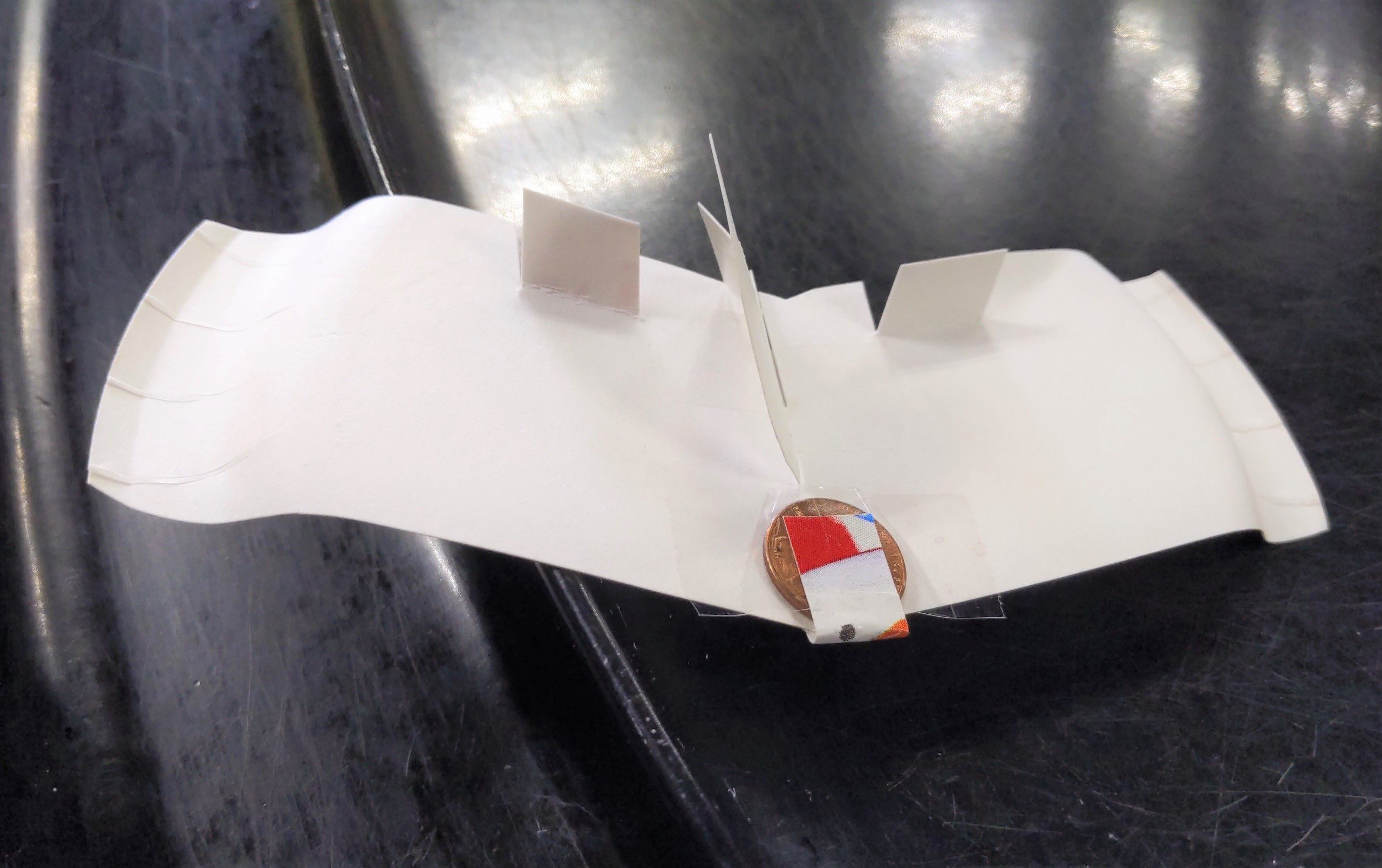
The post-activity involved an investigation of two launch tests to compare the distance a cotton ball can travel by constructing a craft device called a cotton ball launcher. A cotton ball launcher uses the paper cores of toilet paper, a pencil, rubber bands, and tape to construct a device that can launch cotton balls for a limited distance. Students adjusted the force of thrust in their investigation by changing the size or thickness of rubber bands used to create tension for the launch. Students then gathered data on the distance cotton balls traveled in two launch tests with rubber bands of a different size or thickness to compare the strengths and weaknesses in launch performance between the two designs.
Read about the two remaining VFTs—the Biodiversity VFT and the Bioinspired Design VFT—in the Supplemental Resources section.
Successes and Recommendations
Virtual field trips (VFTs) encompass many benefits of a traditional field trip while removing some barriers tied to physical visitation. VFTs harness place-based education, the leveraging of a place or specific site to personalize phenomena and increase subject relevance for students (Vander et al. 2020). Teachers who cite logistic challenges as the main barrier to incorporating field trips in their curriculum can also use VFTs to alleviate concerns like accommodating large class sizes, eliminating travel liability risks, and removing travel time in the distance learning environment (Tuthill and Klemm 2002). In addition, financial costs associated with transportation and travel to field trip sites can be eliminated, including bus transportation, entry fees, gas, and parking costs. The possibilities generated by VFTs will continue to expand as advances in virtual and augmented reality, haptic technology, and immersive technology become more accessible. In this section, we first describe recommendations for others interested in creating VFTs and then address limitations and potential challenges with VFTs due to the digital format.
Recommendations
First, for teachers interested in starting partnerships with local ISLEs, we recommend taking advantage of existing programming and visiting the location to personally meet staff. Oftentimes, ISLEs have community events that are opportunities to form connections. Some ISLEs will also have specific opportunities for teachers, such as summer workshops or existing field trip programs. If your ISLE does not have teacher-specific opportunities, we suggest reaching out to their education director or staff members to see if new programs could be developed in partnership with your classroom or school. While this VFT program was designed by FDC educators and Fresno State students and faculty, the input received from participating teachers was invaluable in improving the students’ experiences. Local universities or community colleges might also have existing connections with ISLEs that teachers can use to enhance their classroom instruction.
Limitations and challenges
For every partner of this collaboration—the FDC, Fresno State, and teachers—challenges arose that may require consideration and discussion with your partners before implementing your own VFT program. A significant barrier that may confront all constituents is the issue of determining whether there is enough funding and time to set up a multi-day VFT program. For the FDC, staff were compensated for the time spent on creating videos, assembling kits, facilitating field trips, and attending meetings. Staff compensation came out of the FDC’s own budget since the program was offered for free to students in order to pilot this program. Realistically, ISLEs may still need to charge a nominal fee to VFT participants to pay staff and support the longevity of the program beyond a “one-off” experience. Small research funds from the Hansen lab were enough to cover the cost of obtaining materials to create the activity kits, although not every university may have dedicated budgets or funds to support a program. To reduce costs associated with setting up a similar program, ISLEs and universities can consider creating a volunteer-run program or enlisting the help of students seeking experience in curriculum design and teaching. Preservice teachers, research students, and student-run clubs may have an interest in supporting volunteer outreach experiences in your local community. In many cases, schools can also receive help through grants offered by ISLEs to connect students to VFTs.
In addition, creating a VFT program required a significant time investment for all involved. ISLEs can save time on setting up a VFT program by recycling or adapting existing curriculum for distance learning, minimizing the time needed to train staff for new programming. In our context, many of the concepts explored in the VFT program were familiar territory for FDC educators, and their teaching expertise informed Fresno State collaborators on how certain activities had previously performed in the past. However, all pre-lesson videos and some VFT lessons were newly created or tested for the pilot program. While most of the time FDC and Fresno State collaborators planned new curriculum remotely, it is extremely helpful to have someone with prior experience visiting the ISLE. If possible, having someone familiar with the ISLE or providing a list of existing resources can ensure that exhibits and animals are used during lesson plans. Teachers also devoted time to preparing students for pre- and post-lesson activities. During our evaluations, we received feedback from teachers requesting extended pre-lesson videos to lower the cognitive load of concepts being introduced to students during the VFTs. Preparing shorter teacher guides and spending more time on pre-lesson videos can reduce stress for teachers by allowing students to allot more time toward crafting during VFTs.
While VFTs can relieve burdens that have in the past barred participation in school field trips, the digital environment can introduce other limitations. First, it is necessary to specify three possible methods in carrying out VFTs, since some of the recommendations will change based on how the VFT is performed. When using synchronous virtual meetings to host field trips, three options are available to teachers: (1) fully online meetings, (2) hybrid classroom meetings, and (3) classroom-only meetings. VFTs can be carried out as fully online, in which all students are in physically different locations from one another, and virtually converge on one platform such as Zoom, Google Classroom, Microsoft Teams, etc. As a reminder, it is helpful to be aware that visitors and ISLE educators must obtain permission from school districts before using any existing video conferencing platform links with students. That being said, it is strongly recommended to obtain clearance from school districts and teachers to use any pre-existing regular classroom links to minimize confusion for students and parents on days where VFTs are planned. An example of a fully online VFT includes the scenario in which all students are distance-learning from their homes. Another option is to host hybrid classroom meetings, in which some students can physically gather in a classroom (in-person students), while other students are at home (distance-learning students) and both in-person students and distance-learning students meet an ISLE educator online at the same time. VFTs can also be held from the classroom-only method, in which all students are in the classroom and an ISLE educator virtually connects to the classroom. Below, we have tailored recommendations to provide the most salient advice for each method of conducting synchronous VFTs based on our experiences.
Fully Online Virtual Field Trip Meetings
At the elementary school grade level, one of the most important takeaways we learned from hosting fully online VFTs was that garnering parent support is crucial for a successful VFT program. This is supported by an international literature review conducted by Thomas et al. (2020), which found that parent involvement in children’s STEM learning increases positive impacts on student academic achievements, academic motivation, school attendance, and children’s problem-solving and quantitative skills. As such, we recommend building strong relationships with parents from the outset and sharing that you are interested in hosting VFTs for your students. This was especially relevant during the pandemic, when many of the students who participated in our program were distance learning from home, and parent support contributed greatly to student experiences. Holding an informational meeting for parents prior to the VFTs can improve communication for the logistics of obtaining supplies and increasing participation in fully online VFT meetings.
Distributing any materials, supplies, or activity kits for students to use during the VFT requires coordinating with parents. We highly recommend hosting an informational meeting for parents and teachers to discuss options for distributing materials. ISLEs need to consider parent and teacher input for whether mailing activity kits to student homes or having kits available for pick up at the ISLE, school offices, or other locations will work best. The ISLE we collaborated with assembled activity kits with required materials for teachers to pick up and place at school offices for parents. All materials were provided at no cost to teachers and parents, but in some instances, parents did not pick up activity kits with materials for students. While many parents did pick up activity kits, fully online students sometimes struggled with having their activity kits ready and in front of them to participate in the VFTs.
Even with teacher reminders, students may change households or locations from where they are completing the VFT due to childcare needs. For example, students may be at a daycare, a relative’s house, or other location where activity kits may not have been brought with the students. The best course of action is to communicate with parents about when the required materials and supplies need to be supplied to students to ensure participation in the program. When this is not possible, ISLEs need to adopt alternatives like modeling activities, having students virtually peer-share materials, or incorporating the ideas of students who do not have access to their supplies.
Hybrid Classroom Virtual Field Trip Meetings
It is imperative that ISLEs prioritize support for teachers when using the hybrid VFT method, especially if teachers have some students in the classroom while the rest of the students are distance-learning from home. In this case, a teacher’s attention can be divided between simultaneously managing in-person and distance-learning students. Because of this, we recommend that every student have their own technological device that enables them to connect to the virtual synchronous meeting with ISLE educators, regardless of whether students are in the classroom or are distance-learning. The reason for this recommendation is twofold.
First, having a device for every student eases the strain of classroom management on the teacher, since ISLE educators can assist in coordinating students during the VFT. While it is possible to have students in the classroom focus on one screen projected for all students to see the VFT, teachers may still find that class pacing is different between students in the classroom and distance learning students. One teacher who participated in our program made a reference to a VFT session, remarking, “I couldn’t really support my distance learning kids like I could my in-person kids because... they were freed up to do the learning, instead of being all caught up in tracing that thing on the paper plate.” This example demonstrates how in specific circumstances, students in the classroom may be ahead of their peers who are learning from home since teachers can help with specific tasks, such as aiding students in motor skills–dependent tasks like tracing or cutting. When every student can use a device during the VFT, teachers and ISLE educators can better monitor and facilitate the synchronization of activities.
Second, ISLEs can make sure that student feedback presented during the VFT is received from both in-person and distance-learning students. When teachers rely on using one display of the VFT in the classroom, in-person students are dependent on the teacher to relay messages to ISLE educators. For example, if several students are raising their hands in the classroom, an ISLE educator may not be able to see every student clearly in the classroom during the video conferencing call. The teacher needs to select a student and then if necessary, relay the student’s message to the ISLE educator by accessing the classroom’s device. Alternatively, students in the classroom can directly message or communicate to ISLE educators if they have their own device in the classroom. In addition, students who join the video conferencing calls on their own devices have their name displayed, while other students gathered in the classroom may not be as easily identifiable. When students, teachers, and ISLE educators have their own devices to join on a video conferencing platform together, interacting with one another is expedited.
Classroom-only Virtual Field Trip Meetings
Many of the challenges that are present in fully online or hybrid meetings can be avoided with classroom-only VFTs. Unlike the fully online VFT method, the materials needed for VFTs can be made readily available for students in the classroom. In addition, teachers do not have to simultaneously manage students in different environments as in the hybrid classroom method. However, the recommendations presented in the fully online and hybrid VFTs are still applicable; encouraging parent involvement and equipping each student with a device can help improve the VFT experience in the classroom-only method. Likewise, our next recommendation may be relevant to all VFT methods, but ISLEs and teachers may need to particularly focus on setting classroom expectations for students when conducting classroom-only VFT meetings. For students who are used to being in the classroom, a VFT may be a novel experience. When hosting the first session of the VFT, teachers and ISLEs should discuss setting class norms for proper digital etiquette and reinforce it throughout the program.
Conclusion
As our recommendations indicate, VFTs may involve challenges that may be difficult to control for STEM learning professionals—including receiving high parental involvement and having the fiscal means to obtain digital devices for all students. However, VFTs provided students with hands-on science and engineering activities when they may otherwise be unable to access ISLEs as community resources during the pandemic. We are hopeful about the future of VFTs, as they present a unique opportunity to integrate technology into children’s STEM learning with support from teachers, parents, universities, and ISLEs.
Tilly Duong (tmduong@mail.fresnostate.edu) is a graduate student in the Department of Biology at California State University Fresno - in Fresno, California. Melissa Telemeco is the Executive Director at Fresno Discovery Center in Fresno, California. Charlotte R. Dean is a student at California State University Fresno in Fresno, California. Alexandria Killian Hansen is an Assistant Professor in the Department of Biology at California State University Fresno in Fresno, California.
citation: Duong, T., M. Telemeco, C. Dean, and A. Hansen. 2022. Piloting virtual field trips during a pandemic: Developing curriculum, lessons learned, and recommendations. Connected Science Learning 4 (2). https://www.nsta.org/connected-science-learning/connected-science-learning-march-april-2022/piloting-virtual-field-trips
NGSS STEM Technology Elementary Informal Education


